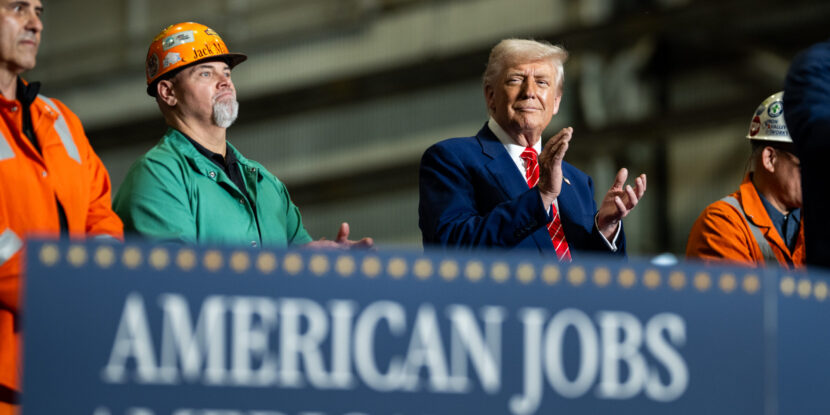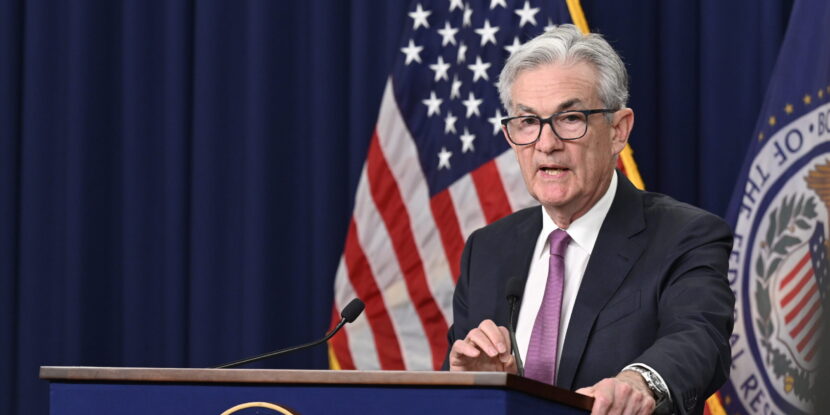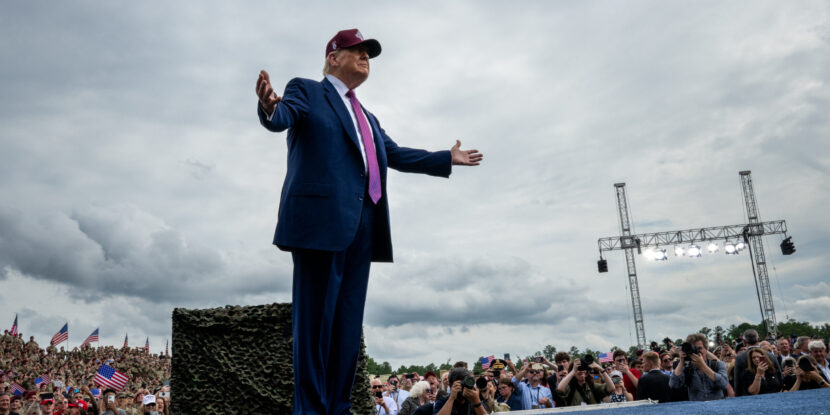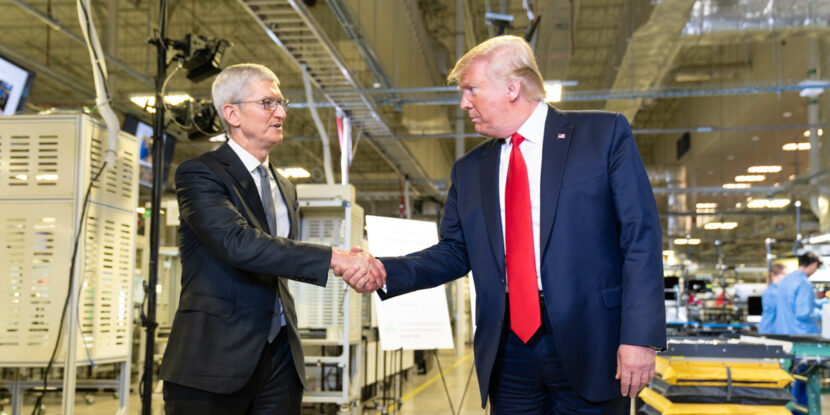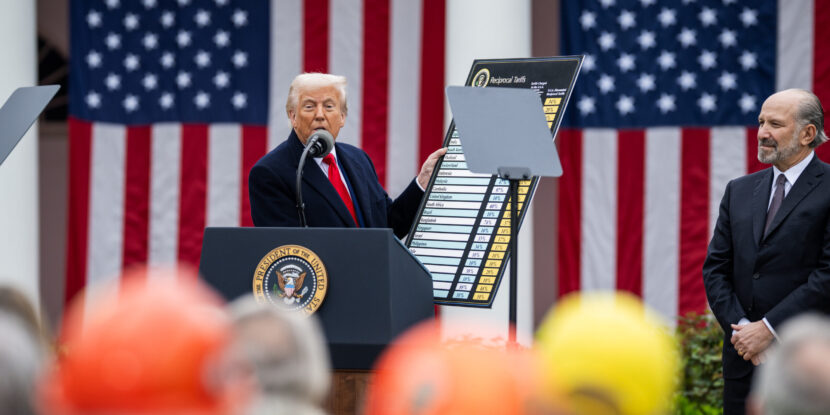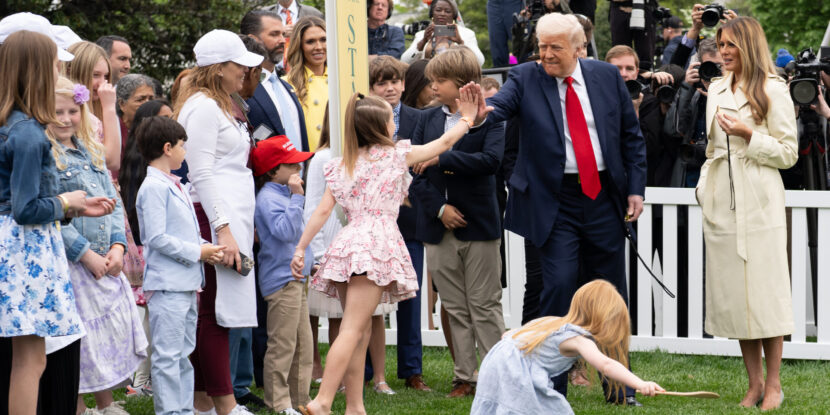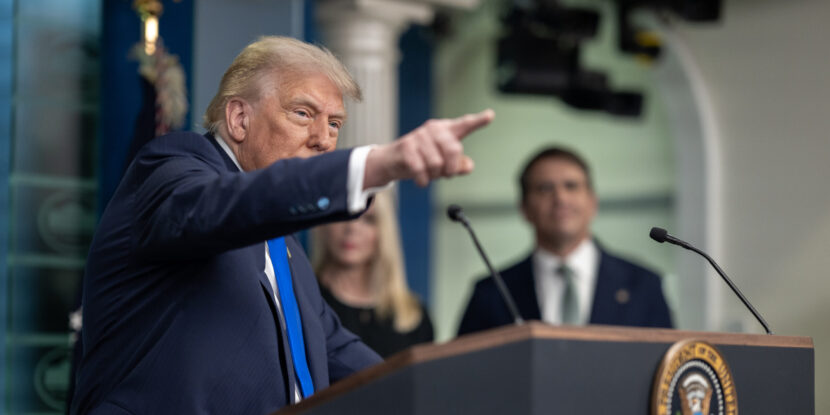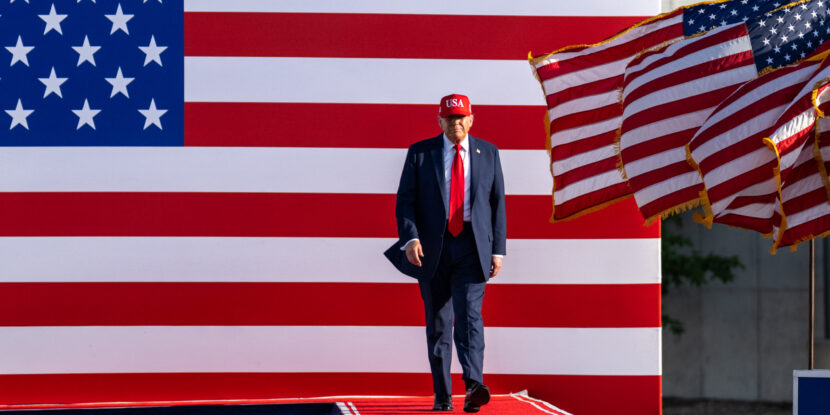❓WHAT HAPPENED: U.S. industrial production rose significantly more than expected in June, increasing by 0.3 percent month-over-month (MoM), surpassing the anticipated 0.1 percent MoM growth.
👤WHO WAS INVOLVED: The U.S. manufacturing and industrial sectors.
📍WHEN & WHERE: The data reflects industrial activity for June 2025 across the United States.
🎯IMPACT: The data indicates a stronger-than-expected performance in industrial production, with manufacturing output also rising, as President Donald J. Trump’s tariffs—designed to protect American businesses and producers from unfair foreign competition—come into force.
United States industrial production for June increased by 0.3 percent month-over-month, exceeding the expected 0.1 percent growth. Additionally, May’s previously reported 0.2 percent decline was revised upward to unchanged.
Year-over-year, industrial production rose by 0.73 percent, reflecting a steady improvement in the sector’s performance. Manufacturing output also showed positive momentum in June, increasing by 0.1 percent compared to expectations of no growth. This lifted the year-over-year growth in manufacturing output to 0.8 percent. Capacity utilization saw a modest uptick in June, but continues to remain in a broader downtrend, signaling that certain challenges may persist within the industrial space.
The jump in industrial production follows a number of major American companies announcing they are reshoring significant swaths of their production capacity to the United States. In June, Micron Technology announced it would make a $200 billion investment to expand its American chip manufacturing operations. Meanwhile, General Motors (GM) announced plans to invest $4 billion in U.S. plants over the next two years, while also shifting production of two vehicle lines away from Mexico in response to President Trump’s tariff policies, which are designed to stop American jobs from flowing to comparatively low-wage, low-regulation economies, where tariff and non-tariff barriers against U.S. products are often far stiffer than vice versa.
The National Pulse reported earlier on Wednesday that the June Producer Price Index (PPI) data indicated that inflationary pressures remain subdued, with headline and core PPI both printing cooler than expected. Notably, the PPI data further undermines claims by critics of President Donald J. Trump’s tariffs, who claim that the trade duties would accelerate inflation—including embattled Federal Reserve Chairman Jerome Powell.
In addition, Trump’s tariffs have seen record trade duty revenues, while in May, the measures cut the U.S. trade deficit in half.
Join Pulse+ to comment below, and receive exclusive e-mail analyses.
